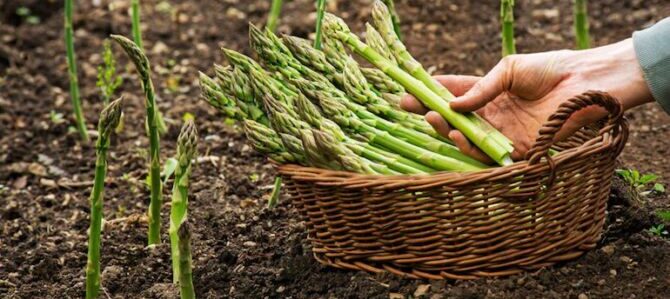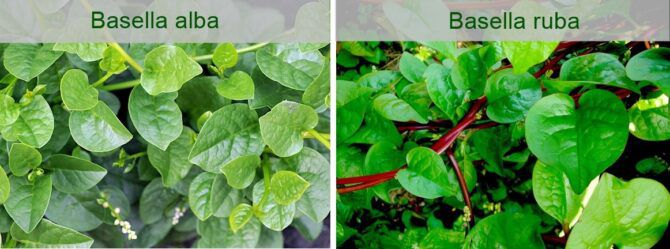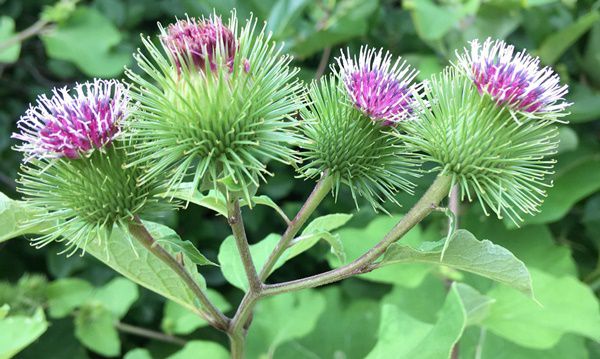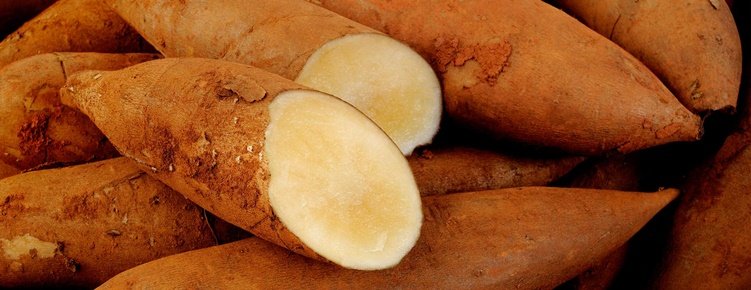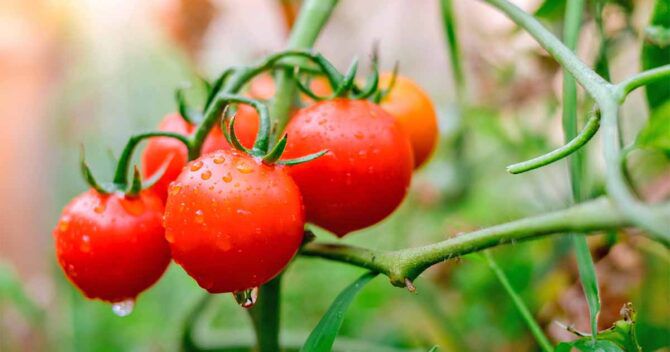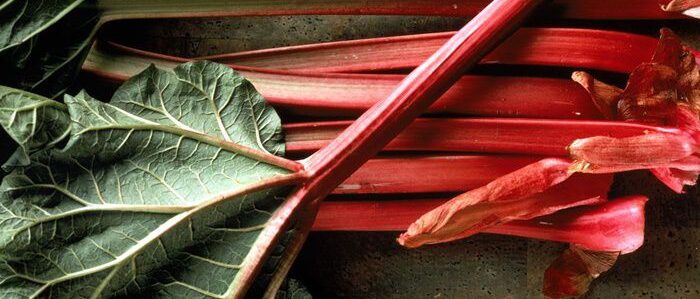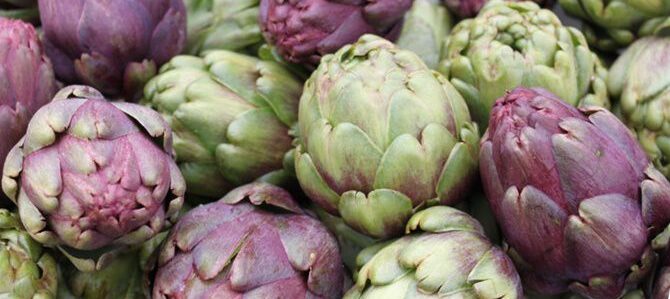Vegetables
Growing Asparagus
Growing Asparagus from seed. Asparagus is a perennial vegetable that can keep producing up to 20 years and is grown differently from other vegetables. Early shoots emerging from the ground with the thickest stems are harvested during Spring. Later shoots is left to grow, eventually producing a mass of feathery foliage which is left to grow and replenish energy to the underground crown until it dies back in Winter. Asparagus produce both male and female plants. Male plants produce higher yields, but both male and female plants will produce tender stalks.
Asparagus Types
- Green: Green asparagus is the most common type seen in produce sections. It is less fibrous than purple varieties and slightly thinner.
- Purple: Purple asparagus is sweeter and slightly thicker than green and white varieties.
- White: White asparagus is very similar to green varieties in taste, texture and size.
Growing Asparagus from Seed
- Grows best in areas which have cold winters, but can be grown in temperate regions.
- Prefers loose, deep soils high in organic matter.
- Prefers pH near 7.0, but tolerates a wide range. Add lime and fertilizer to the garden bed before establishment.
- Can be grown in full sun to partial afternoon shade
- Sow Indoors: Start your Mary Washington Asparagus Seeds indoors 3–4 months prior to the average last frost.
- Fill a 1 1/2-inch-deep seed flat with sterile potting soil and sow the seeds 1/2-inch deep and 2 inches apart in the flat.
- Water the potting soil to keep it moist and grow in a sunny window for one year before transplanting to a permanent bed outdoors.
- Sow Outdoors: Transplant seedlings outdoors as soon as the soil can be worked. If planting seeds directly outdoors, wait until all chance of frost has passed.
- The seed should be sown in fairly deep furrows and the furrows should be filled up to allow the crowns to be 10cm beneath the soil surface.
Maintaining Asparagus Plants
- Water during dry spells during the first year. Do not over water as plants don’t tolerate water-logged soils.
- Midsummer mulching will help to control weeds and keep soil from drying out.
- Regularly apply compost or well-rotted manure to provide a steady source of nutrients.
- Keep the planting bed around asparagus free of weeds and clean up all plant debris in autumn.
- Do not cut back ferns in Autumn until they die naturally.
- Do not harvest the spears in the first or second year so that the plant can become more established. Start harvesting from the 3rd year.
Disclaimer
Medicinal Information:
All medicinal information on this website is for educational and informational purposes only and may not be construed as medical advice. The information is not intended to replace medical advice or treatment offered by healthcare professionals.
Seeds, Plants, Plant Cuttings, Geophytes and Dried Herbs:
In some countries and provinces, certain plants are deemed as invasive and are not allowed to be planted at all, whilst some plants are allowed to be grown only in certain areas or provinces. The onus is on you as the buyer to familiarize yourself with the regulations pertaining to your location, before purchasing any of our seeds, plants, plant cuttings, geophytes or dried herbs. We will not be held liable, should you purchase any seeds, plants, plant cuttings, geophytes or dried herbs. from us which are prohibited in your country or province.

